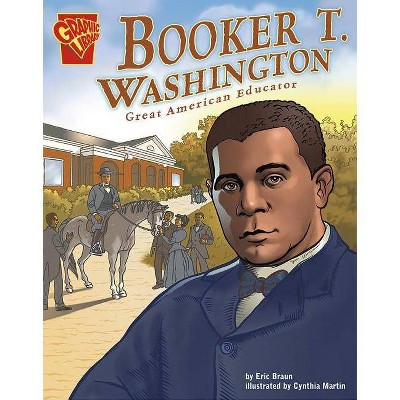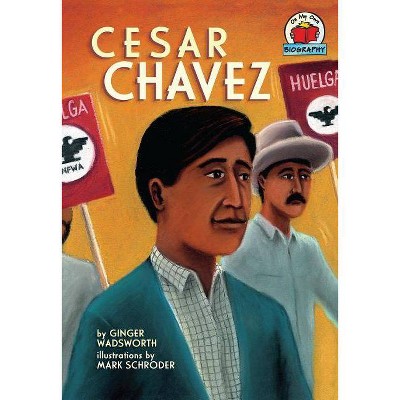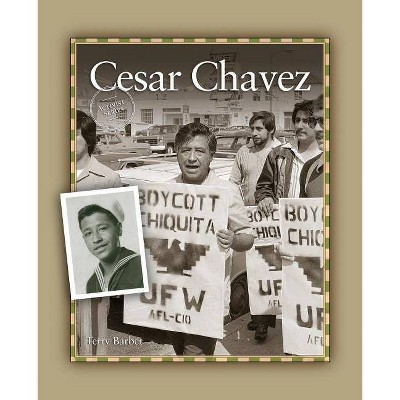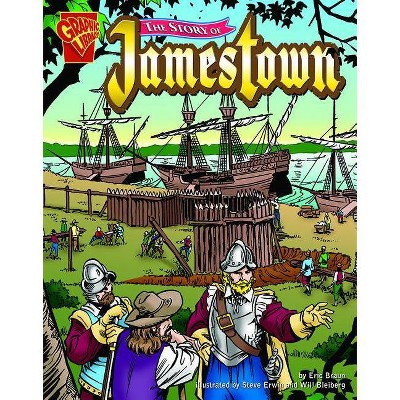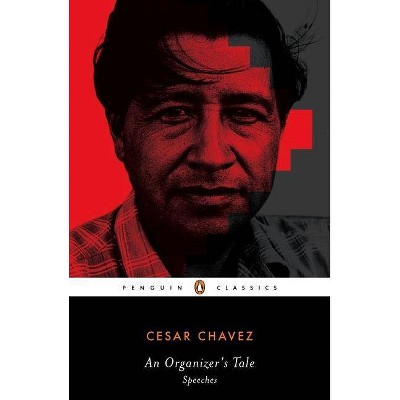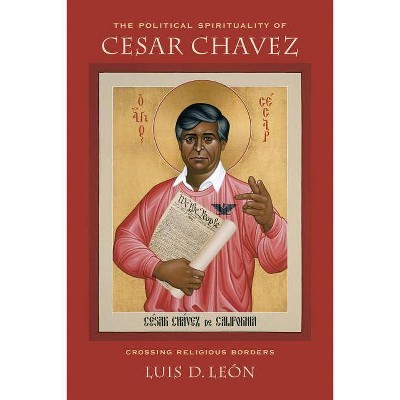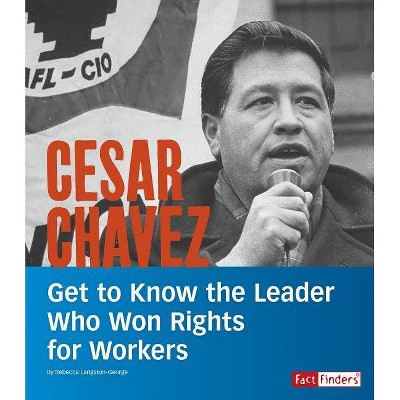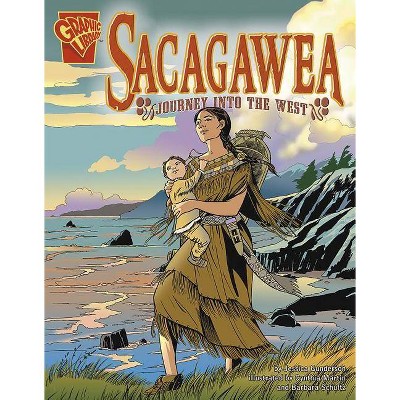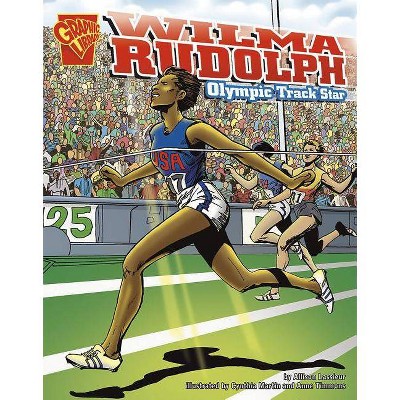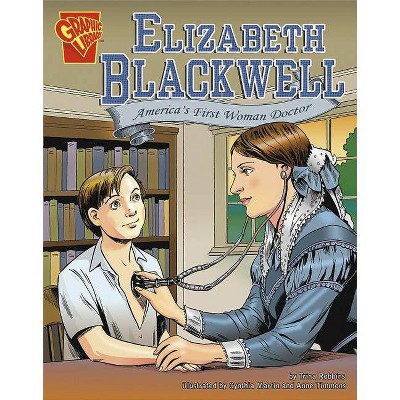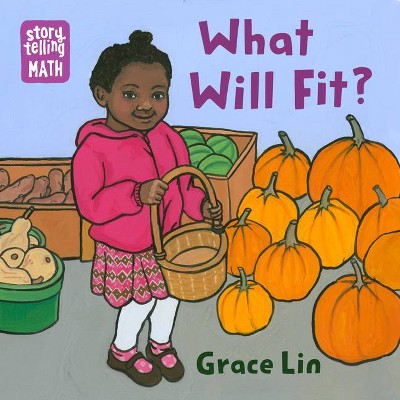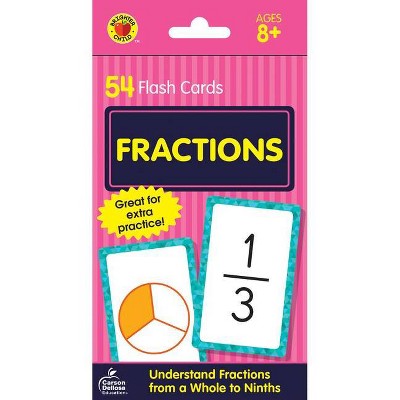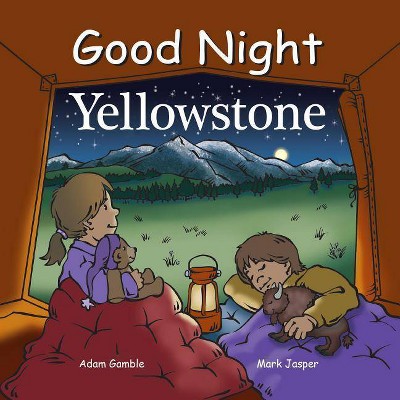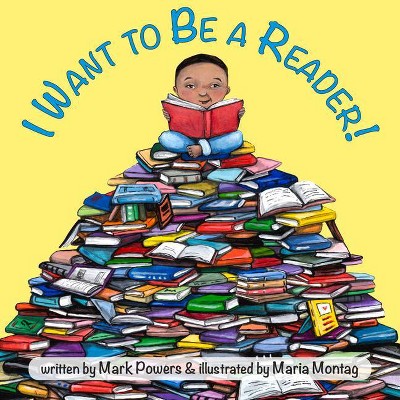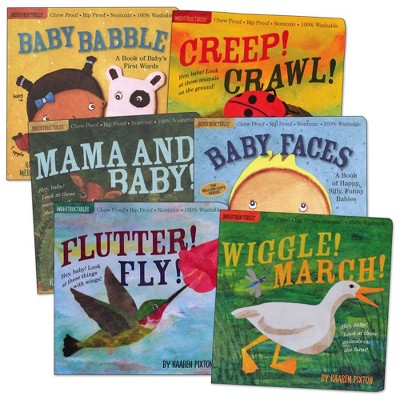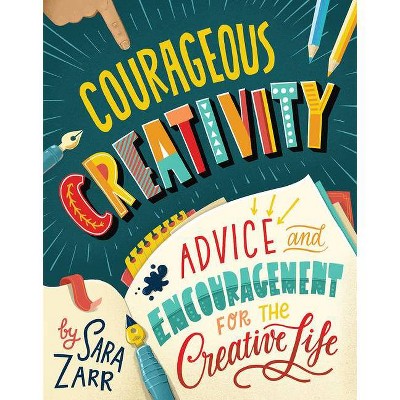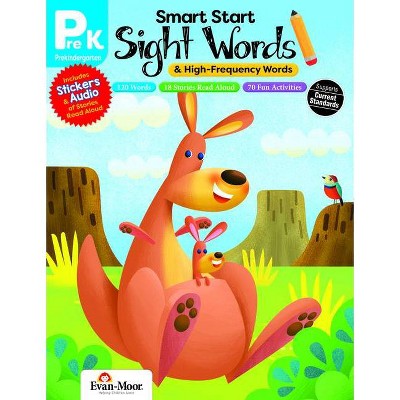Cesar Chavez - (Graphic Biographies) by Eric Braun (Paperback)
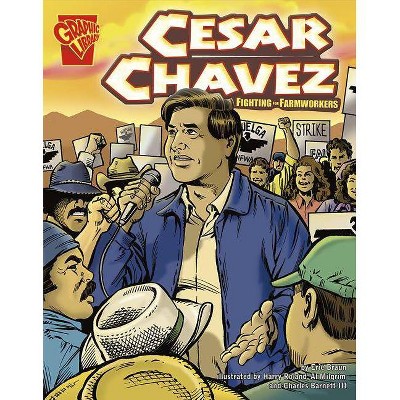
Similar Products
Products of same category from the store
AllProduct info
<p/><br></br><p><b> About the Book </b></p></br></br>In graphic novel format, describes the life of labor leader Cesar Chavez and the boycotts he led to gain fair working conditions for farmworkers.<p/><br></br><p><b> Book Synopsis </b></p></br></br>A biography telling the life of labor leader Cesar Chavez and the boycotts that he led to gain fair working conditions for farmworkers. Written in graphic-novel format.<p/><br></br><p><b> Review Quotes </b></p></br></br><br>Cesar Chavez' family was one of thousands of families who were forced to take work in the fields in California during the Great Depression. The work was hard, the pay was very small, and the conditions that the workers had to live in were abysmal. The growers treated the workers very badly, making them pay for water, changing how much they were paid whenever it suited them, and firing workers with no warning. Once he was an adult, Cesar decided that he had to do something about what was happening to agricultural workers in California. When he was in his early twenties Cesar read a book about Gandhi, a leader who believed in fighting for what was right but not in using violence to do so. Cesar would fight many battles for workers in the years to come, and yet he always preached non-violence. This helped him gain the respect and support of all kinds of people. This inspiring story will remind readers that there was a time when agricultural workers had very hard lives. Readers will see that Cesar Chavez and the organizations and unions he formed made a huge difference to these workers. For the Chicano community he is an icon, and for America he is a part of history - a part we should remember, admire, and be grateful for. Without being wordy the author of this excellent "Graphic Library" title captures the essence of what drove and inspired Cesar Chavez. The graphic rich artwork makes the story vivid and accessible to young readers of all ages.-- "Through the Looking Glass Children's Book Review"<br><br>Presented in the popular graphic-novel format, this entry in the Graphic Biographies series will both entertain and inform the reader. Fact boxes are inserted on each page, as well as "More About Cesar Chavez" at the end.-- "Teacher Librarian"<br><br>Readable and inviting, these beginning biographies serve as good basic introductions to these individuals. A yellow background is used to set apart text that is a direct quotation from a primary source, allowing readers to distinguish it from the fictional dialogue and the narration. The "Internet Sites" section leads readers to FactHound.com where they can enter a book code to get a list of relevant sites. While not outstanding, the art is engaging and bright, and the format will appeal to graphic-novel fans as well as reluctant readers searching for a simple biography.-- "School Library Journal"<br><br>STORY SUMMARY -- Capstone Press deserves a cheer. Utilizing the accessible format of a graphic novel to highlight a diverse group of historical figures, the crew over at Capstone Press have provided students with an accessible inroad into the lives of the people who often battled outside the lines of power in ugly chapters of our history. One of the books in this series of graphic biographies - CESAR CHAVEZ: FIGHTING FOR FARMWORKERS - is a perfect example. The life and times, and battles, of the Chicano union organizer from California showcases the hardships of the Mexican and Latino communities struggling to make ends meet while being underhanded time and time again by the (mostly) white landowners for whom they worked. CESAR CHAVEZ: FIGHTING FOR FARMWORKERS (written by Eric Braun and illustrated by Harry Roland, Al Milgrom, Steve Erwin and Charles Barnett III) brings us into Chavez's life from his upbringing as a child in a family of migrant workers; to the influence of Ghandi's peaceful protest that Chavez brought to the grape and produce fields of California; to the strike he underwent to bring unity to migrant workers and publicize the use of pesticides in the field; to the impact that the United Farm Workers union had on the country. Most of all, Chavez understood that violence would backfire against the larger movement for better pay and living conditions, and he urged peaceful confrontation. An informative glossary in the back of the book also reminds in 1994, a year after his death in 1993 (he had been in court testifying against a lettuce grower on the day he died), Chavez was awarded the Presidential Medal of Freedom for his work by President Bill Clinton. The other graphic novels in this series, including a history of the legendary Buffalo Soldiers, may generate interest in some of the histories of people who might be not be found inside class history books. ART REVIEW -- The story is more powerful than the artwork in these books, although that it not to say the graphics are not effective. Drawn in a very basic style that complements the text, the illustrations in CESAR CHAVEZ: FIGHTING FOR FARMWORKERS captures the emotions of the book's hero but much of the art lacks real detail. The faces seem a bit too cartoony for such a serious story, which is sort of strange, given the number of illustrators who were working on the novel. Still, the book works well as a graphic novel and the art moves the story along from major event to major event in a meaningful way. IN THE CLASSROOM -- In my opinion, this entire series merits a place in every classroom, even if it as an addendum to the regular curriculum. Certainly, CESAR CHAVEZ: FIGHTING FOR FARMWORKERS should raise the interest levels and knowledge of young readers and get them asking questions such as: What is a labor union and why is one needed? Why were Chicanos treated so poorly in the fields? What is a migrant worker? And, considering the recent political deliberations about immigration, how does the message of Cesar Chavez translate to the world today? All of these topics (and one more: the power of peaceful protest) would spark a discourse in any classroom, I would bet. KEVIN'S RECOMMENDATION -- I would highly recommend CESAR CHAVEZ: FIGHTING FOR FARMWORKERS for elementary and middle school students. The writing and artwork is a bit too simplistic for high school readers but could still be another resource for the classroom. http: //graphicclassroom.blogspot.com/2008/09/cesar-chavez-fighting-for-farmworkers.html-- "The Graphic Classroom Blog"<br><br>This nonfiction book is absolutely perfect for the reluctant or struggling reader. It will be enjoyed by both boys and girls and will lead them into wanting to read more of the graphic-style writing. There are a total of four chapters dealing with the struggles of the migrant workers during the Great Depression. It is the story of how one man, Cesar Chavez was able to form the United Farm workers of America and get better wages and living conditions for the workers and how his determination helped get the first bill of rights for farmers passed in 1975. A year after Chavez's death, President Clinton awarded him the Presidential Medal of Freedom. In this nonfiction, graphic-style book, vocabulary is controlled and well chosen; sentences are short, with a simple structure. At the back of the book the author has included "More About Cesar Chavez," a "Glossary," "Internet Sites," "Read More," a "Bibliography," and an "Index." Children who fight reading and say they do not like to read, are unusually poor readers. Who wants to do something they are not comfortable with or gives a feeling of being unsuccessful? Books written in the graphic-novel format provide a way for even the most reluctant reader to feel successful. High-interest, low-level books should be applauded for the contribution they have made to the classroom. Children who have been non-readers can now read a book and take part in classroom discussions about a book they have read. It takes away the fear of reading and, with the help of illustrations, adds a deeper comprehension. This book could also be used for early readers who want to read longer passages. I really cannot say enough about the benefits of the Graphic Library books. Braun has done an excellent job giving the highlights of the life of one man who was able to make a difference.-- "Children's Literature Comprehensive Database"<br><br>This nonfiction series for grades three through nine is unique in its format, which is more typical of the very popular graphic novels for children and teens. The easy-to-read text and vivid full-color illustrations by Phil Miller, Tod Smith, and Charles Barnett II feature appealing characters that will encourage young readers to learn about history. In these four volumes all the subjects are famous African Americans and Latinos whose adventures will appeal especially to preteen and young teenage boys. They include labor leader Chavez, the first African American to play in modern major league baseball, the great explorer of the North Pole, and a couple whose spectacular escape from slavery (and their account of it) captured the imagination of nineteenth-century abolitionists. Each volume offers a table of contents, controlled vocabulary, quotations from primary sources, short and direct sentence structure, and precise photo-text matches to aid comprehension. Also included are a glossary, a bibliography, Internet sites, and an index.-- "Multicultural Review"<br>
Price History
Cheapest price in the interval: 7.99 on November 8, 2021
Most expensive price in the interval: 7.99 on December 20, 2021
Price Archive shows prices from various stores, lets you see history and find the cheapest. There is no actual sale on the website. For all support, inquiry and suggestion messagescommunication@pricearchive.us
